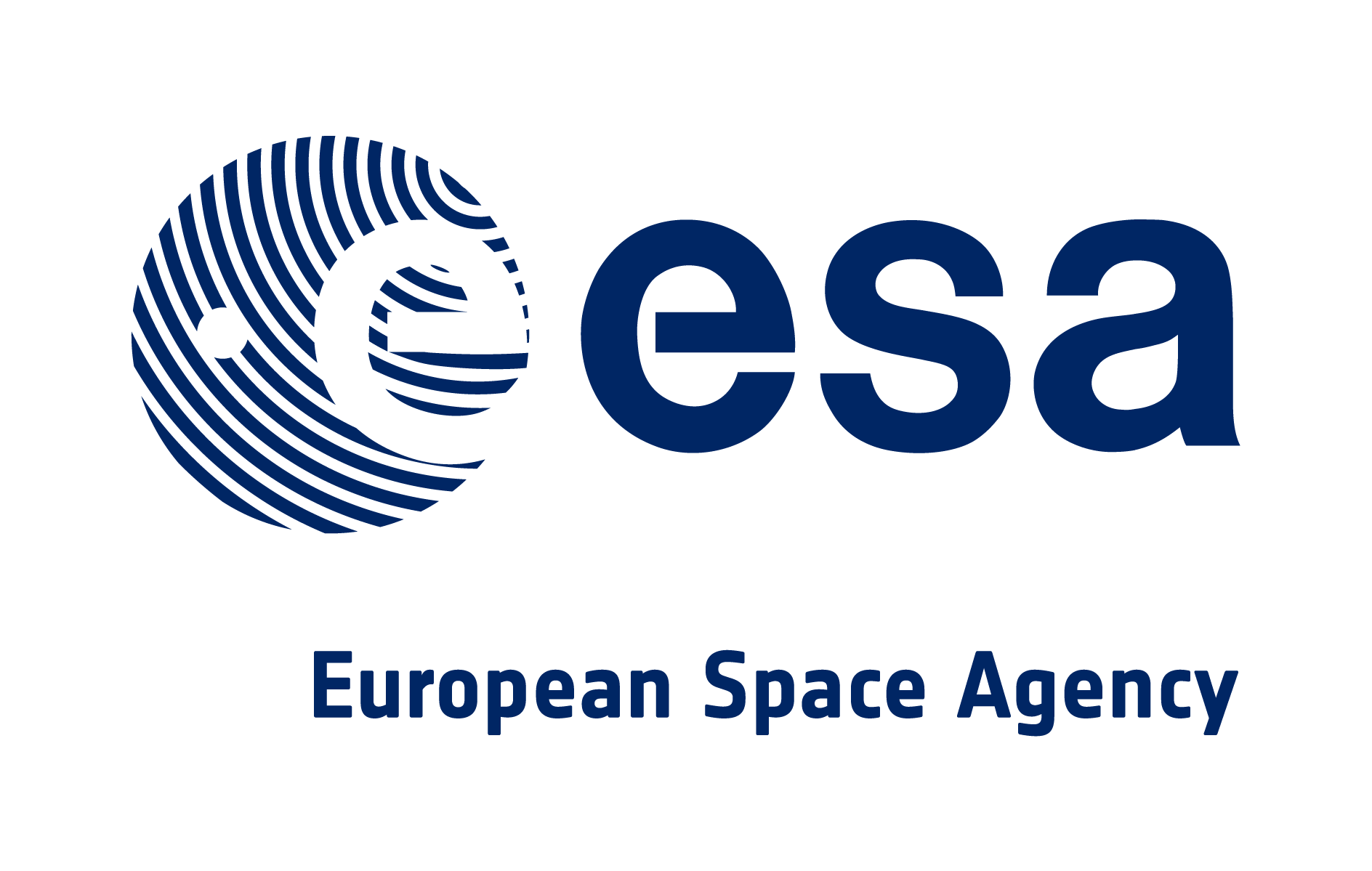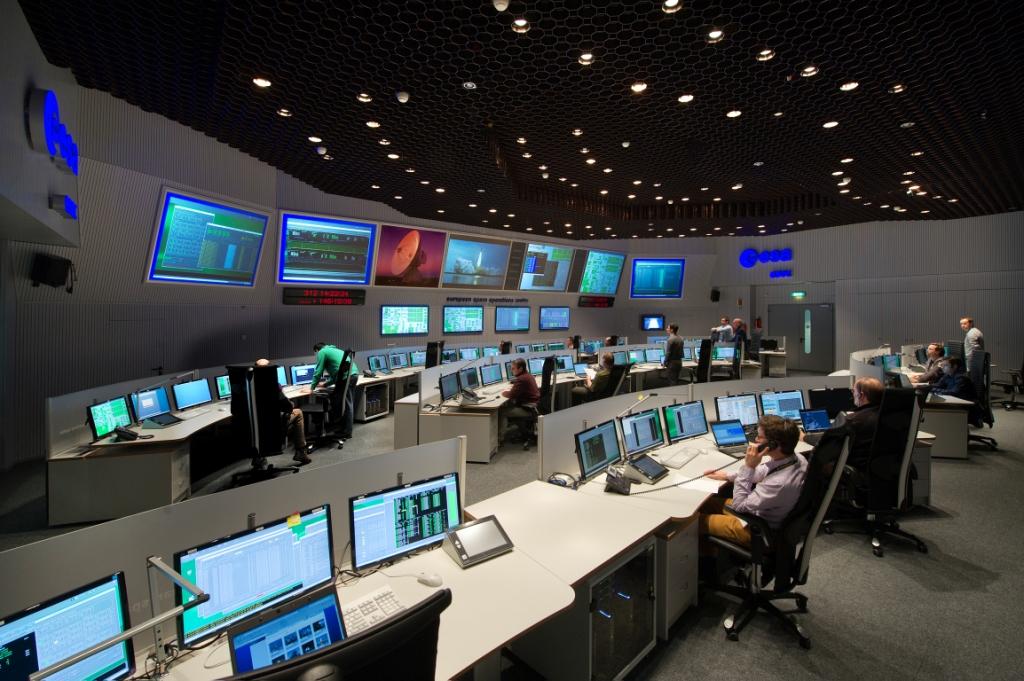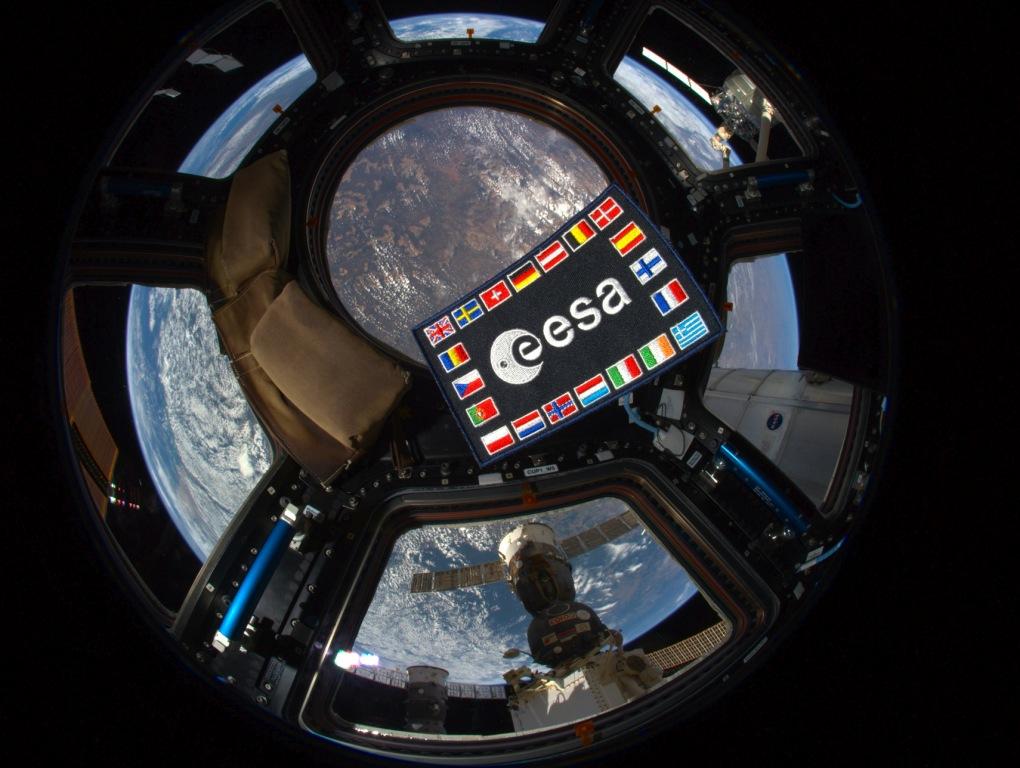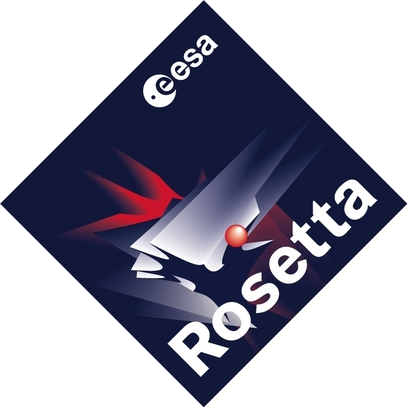Quick Facts About The European Space Agency (ESA)
Europe’s NASA
The European Space Agency (ESA) is an organization comprised of 22 European nations which formed in 1975 that is dedicated to the exploration of space. ESA is a partner of the International Space Station (ISS), launches and operates space probes and other payloads from its spaceport on the European rocket Ariane 5 rocket from French Guiana.
Fast Facts About The European Space Agency!
ESA allows European countries to maintain access to space and the associated technologies ensuring Europe can benefit from what is otherwise a prohibitively expensive realm by coordinating the financial and intellectual resources of its 22 small members;
- Austria, Belgium, Czech Republic, Denmark, Estonia, Finland, France, Germany, Greece, Hungary, Ireland, Italy, Luxembourg, the Netherlands, Norway, Poland, Portugal, Romania, Spain, Sweden, Switzerland and the United Kingdom.
ESA’s objectives are to conduct programs that seek to learn more about Earth, near space, solar system bodies and the universe at large while developing technologies that will benefit European industries. The headquarters is based in Paris with many sites located across several of its member states.
Several of the programs that ESA funding has contributed to includes;
- The Ariane 5 rocket and Automated Transfer Vehicle (an ISS supply vehicle)
- Manned spaceflight on the Space Shuttle and the International Space Station
- The following space probes, Cassini-Huygens, SOHO, Rosetta, Ulysses and Gaia
- The Hubble Space Telescope and the James Webb Space Telescope
- Galileo – Europe’s own Global Positioning Satellite system
- The planned JUpiter ICy moons Explorer (JUICE)
The member states contribute to the ESA budget (according to the size of the countries respective economies) for the mandatory programs with additional funding provided for additional programs if individual members wish to contribute. ESA’s is close to €6 billion with citizens of the member states contributing (in taxes) about the same as McDonald’s meal; this is estimated to be a quarter what an American taxpayer contributes towards NASA's budget.





